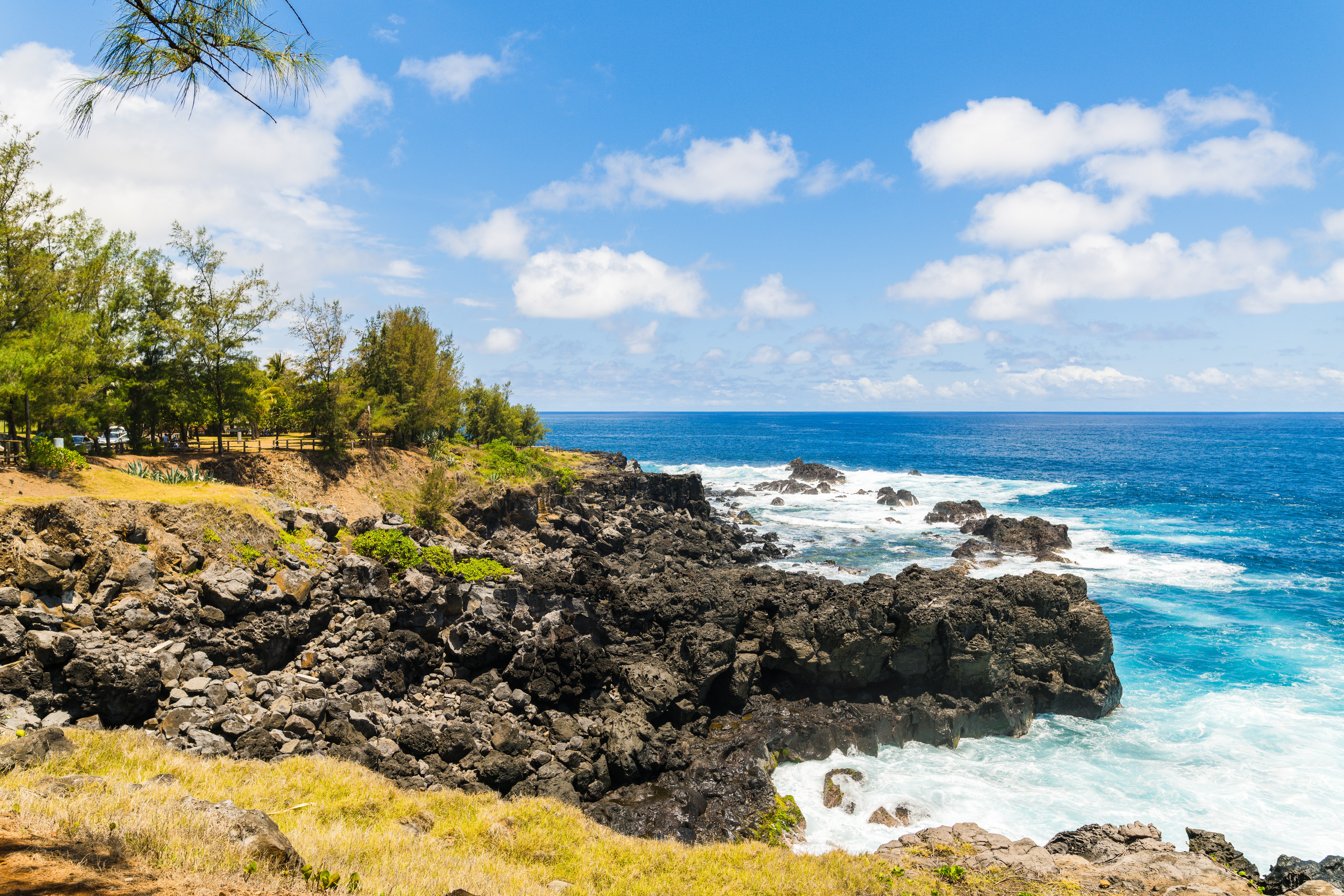
A negative number means that there are more emigrants than immigrants. Migrants (net): The average annual number of immigrants minus the number of emigrants over the preceding five year period (running from July 1 to June 30 of the initial and final years), or subsequent five year period (for 2016 data). For all other years: average annual numerical change over the preceding five year period. Yearly Change: For 2019: absolute change in total population (increase or decrease in number of people) over the last year (from Jto June 30 2019). For all other years: latest year annual percentage change equivalent assuming homogeneous change in the preceding five year period, calculated through reverse compounding. Yearly % Change: For 2019: percentage change in total population over the last year (from Jto June 30 2019). World Population Prospects: The 2019 Revision. Population: Overall total population (both sexes and all ages) in the country as of July 1 of the year indicated, as estimated by the United Nations, Department of Economic and Social Affairs, Population Division.

Year: as of July 1 of the year indicated. This value can differ from the Yearly % Change shown in the historical table, which shows the last year equivalent percentage change assuming homogeneous change in the preceding five year period. The Yearly Population Growth Rate chart plots the annual percentage changes in population registered on July 1 of each year, from 1951 to 2019. The Population of Réunion (1950 - 2019) chart plots the total population count as of July 1 of each year, from 1950 to 2019. Wear a well-fitting mask around others.The Réunion Population (Live) counter shows a continuously updated estimate of the current population of Réunion delivered by Worldometer's RTS algorithm, which processes data collected from the United Nations Population Division. Continue to isolate until you know the results.

If you develop COVID-19 symptoms after arrival, isolate and immediately get tested. You also do not need to self-quarantine after arrival. If you had COVID-19 in the past 90 days and recovered, you do not need to be tested unless you develop new symptoms. Learn what to do and when it is safe to be around others. If your test result is positive or you develop COVID-19 symptoms, isolate yourself to protect others from getting infected. immigrants and meet an exception to the requirement for proof of COVID-19 vaccination, may be required to take additional steps after arrival.
LA REUNION FULL

If you had close contact with a person with COVID-19 but are NOT recommended to quarantine. If you are unable to wear a mask, you should not travel during the days 6 through 10.


 0 kommentar(er)
0 kommentar(er)
